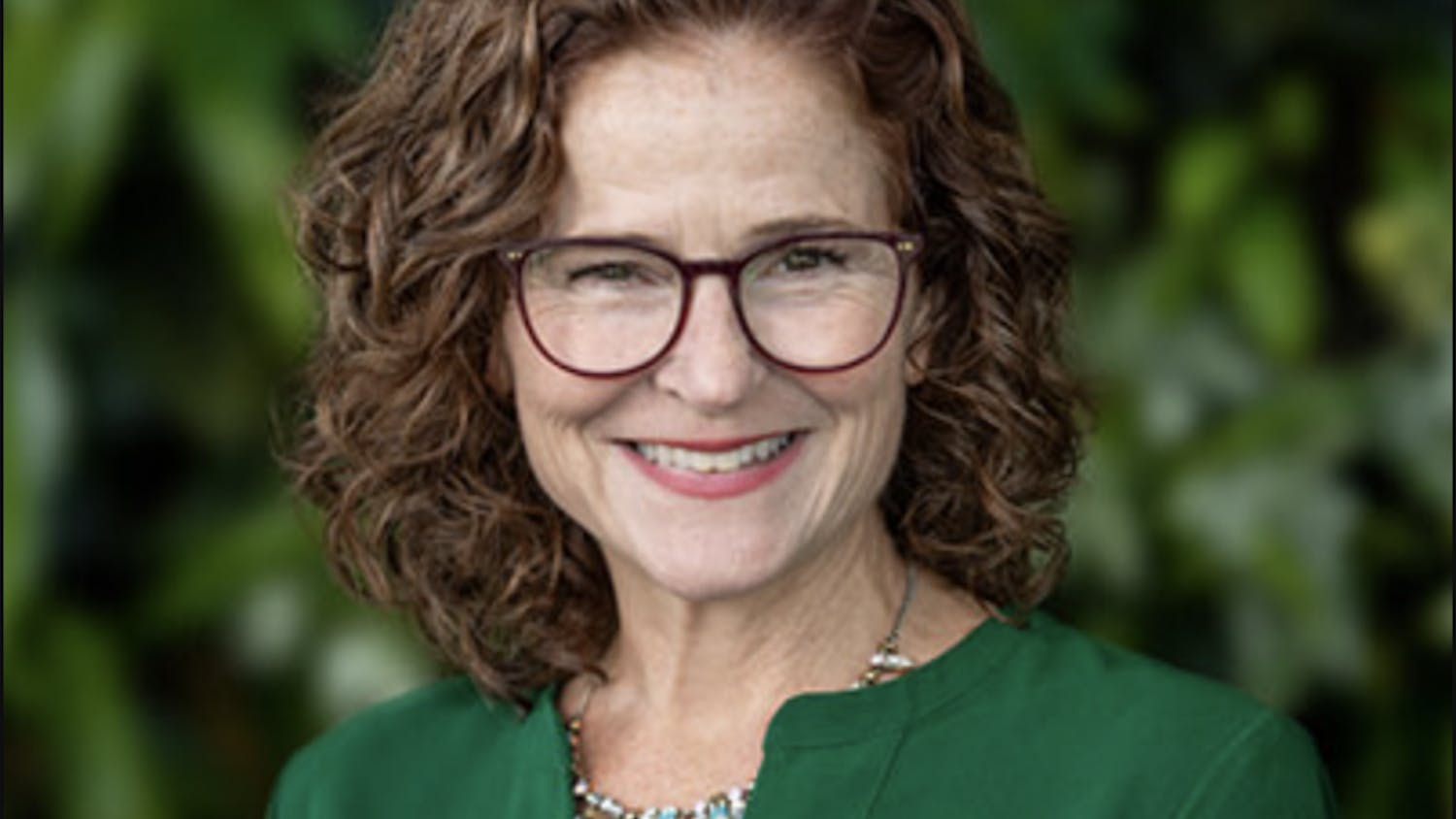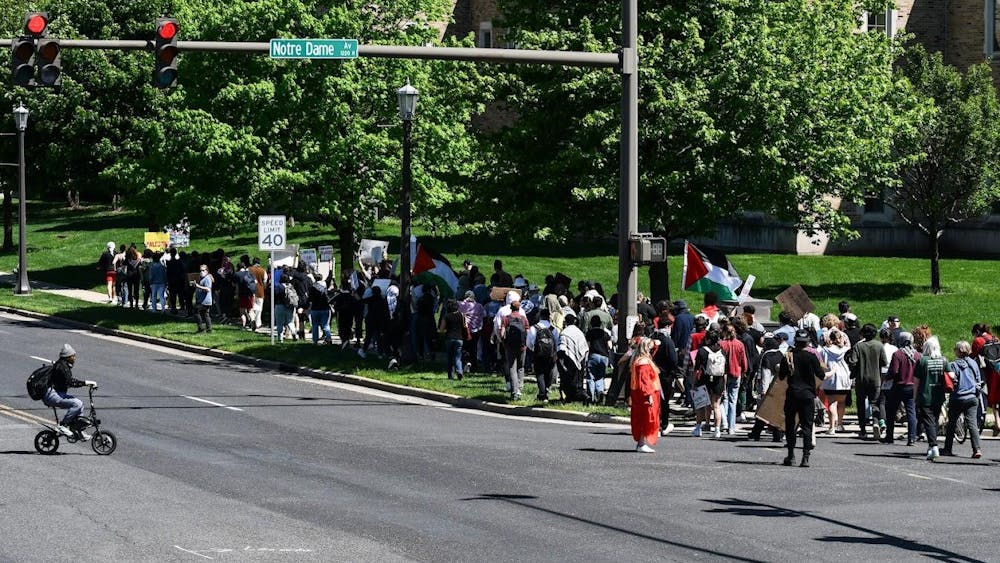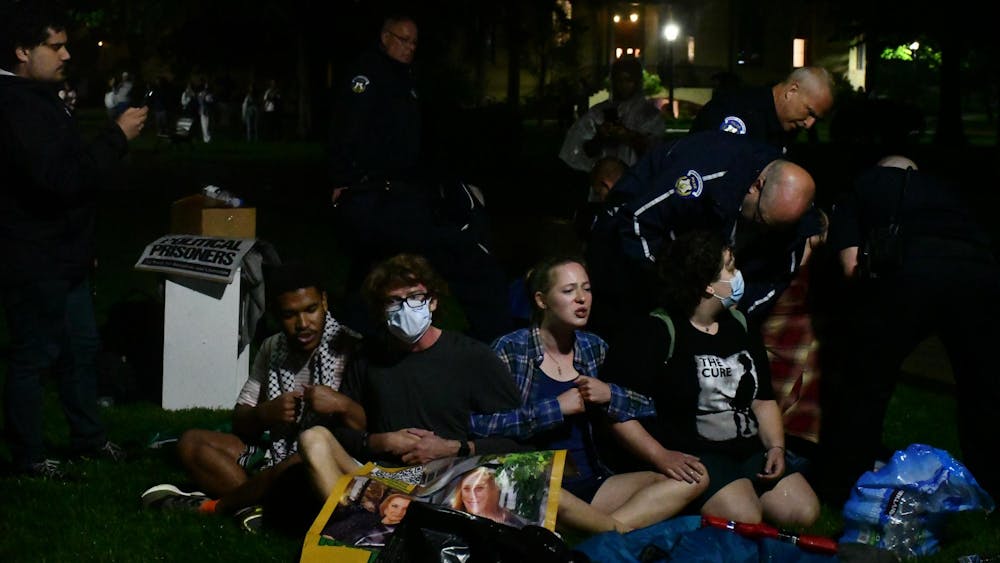On the fifth floor of Bertram Hall, Sister Rose Anne Schultz of the Sisters of the Holy Cross recounts the stories of Saint Mary's College that started it all.
In the Heritage Rooms, Schultz gives tours and highlights the letters, artwork and religious items that belong to the sisters of the College. One such item includes the family tree of the Holy Cross.

"[The family tree] starts with Father [Jacques] Dujarie," she said. "Father Dujarie had this group of brothers called the Brothers of Saint Joseph. Father Dujarie was getting on in years and he wanted to do some advance planning, so he said to the bishop, "Help me find someone to take over the brothers and be their director after I am too old to do it.""
Schultz said this is how Blessed Basil Moreau, who was a young priest at the time, was given the task of leading the brothers in 1835.
"[Moreau] said why don't I get the priests and the brothers together to form one group … In his mind, [he] always had the vision of both men and women. He wanted priests, brothers and sisters," she said.
At this time in history, men and women were not allowed to share a religious community, Schultz said. Instead, the women in the community were called "pious girls." Eventually, after much deliberation with Rome, the Marianites of the Holy Cross, women of prayer, were founded in 1841.
"Moreau's vision was always global. The big issues [were] to see what needs to be done and do it," she said. "So with that, he had sent brothers off. However, when the priests and brothers got [to the U.S.], they were busy doing things and said [they needed] help."
Schultz said four young French women who had just made their vows were sent over to help the brothers. These women formed the basis of the Sisters of the Holy Cross in 1844, the birth year of Saint Mary's College.

The main Heritage Room also houses boards that highlight each "Mother Superior," or leader of the congregation, and her accomplishments during her tenure. Mother Rose Elizabeth, one of the congregation's greatest leaders, is just one woman featured on the boards, Schultz said.
"At the time, different congregations were doing their formations," she said. "Finally, they said maybe we can get together and not change who we are, but share ideas. So, this group [headed by Mother Rose Elizabeth] became the first leadership conference of women religious that still exists today."
Along with the boards, the main heritage room features a machine used to make the tiny pleats that made up the halo-looking white habit the sisters used to wear.
"This machine was invented by one of the sisters to make the habit, and it was very delicate and difficult work," Schultz said.
Along with the main room, two other rooms feature the international work the sisters have done in various countries, including India and Bangladesh, and showcase tokens of individual Sisters of the Holy Cross, including the Olympic torch Sister Maura Brannick carried through South Bend on the way to Salt Lake City.
The congregation offers heritage tours for visitors Monday through Friday from 8:30 a.m. to 3:30 p.m.












